
Patios, Walkways & Driveways
We unite suppliers and green industry professionals worldwide
The dandelion, this cheerful yellow-flowered common wild plant, adorns hundreds of landscapes. It grows in lawns, fields, meadows, and even cracks of sidewalks; for it is extremely adaptable towards where it can grow.
By Mariam Scott
|Published on September 17, 2025


The dandelion, this cheerful yellow-flowered common wild plant, adorns hundreds of landscapes. It grows in lawns, fields, meadows, and even cracks of sidewalks; for it is extremely adaptable towards where it can grow. Many people see a dandelion and dismiss it as just a weed, but in reality, this plant is full of valuable uses. You can use all of it, from the deep taproot to spear-shaped leaves and delicate yellow petals.
It tastes a little bitter, which is why some leafy green vegetables can have a similar flavor but it is the reason that these teas are full of ingredients to benefit your body. Dandelions are packed with vitamins, minerals, and antioxidants so it has been used as herbs for hundreds of years in teas or even culinary dishes. It will provide you with many tough, wonderful things to appreciate about this plant, beyond its reputation.
| Scientific Name | Taraxacum officinale |
| Common Name | Dandelion |
| Family | Asteraceae (daisy family) |
| Type | Perennial with deep roots |

September 18, 2025
10 minute read
September 17, 2025
9 minute read
September 17, 2025
20 minute read
September 17, 2025
20 minute read


Join as a seller and connect with thousands of B2B buyers nationwide!
Sign Up
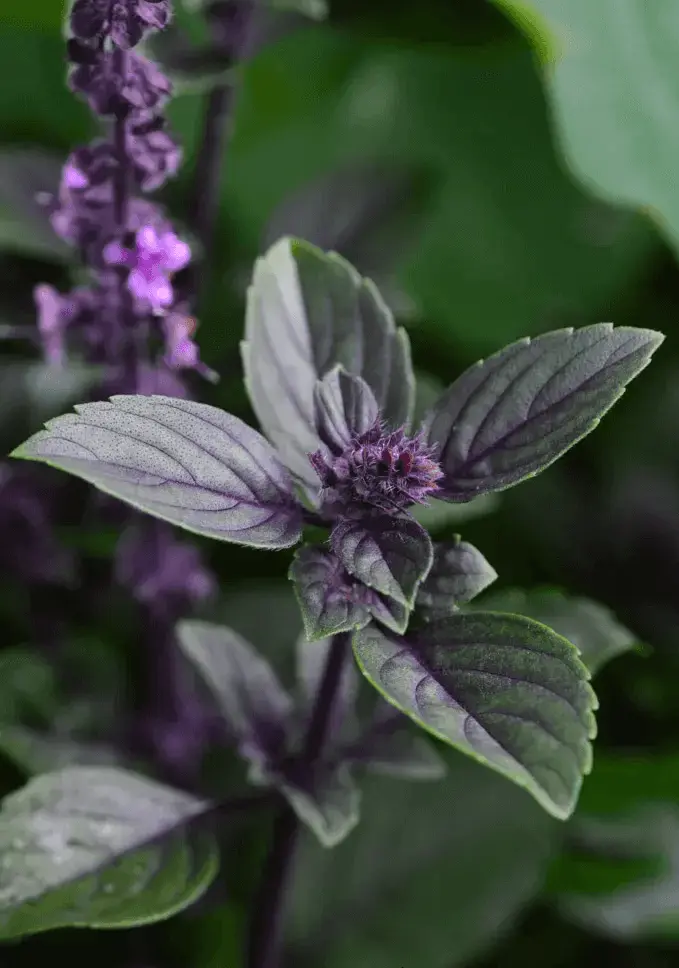
Cinnamon Basil
Basil Cinnamon is a well-known plant, which combines the scent of cinnamon and the traditional aroma of basil. It is a perennial herb of the mint family, grown in pots at home or vegetable gardens for its spicy fragrance and taste.
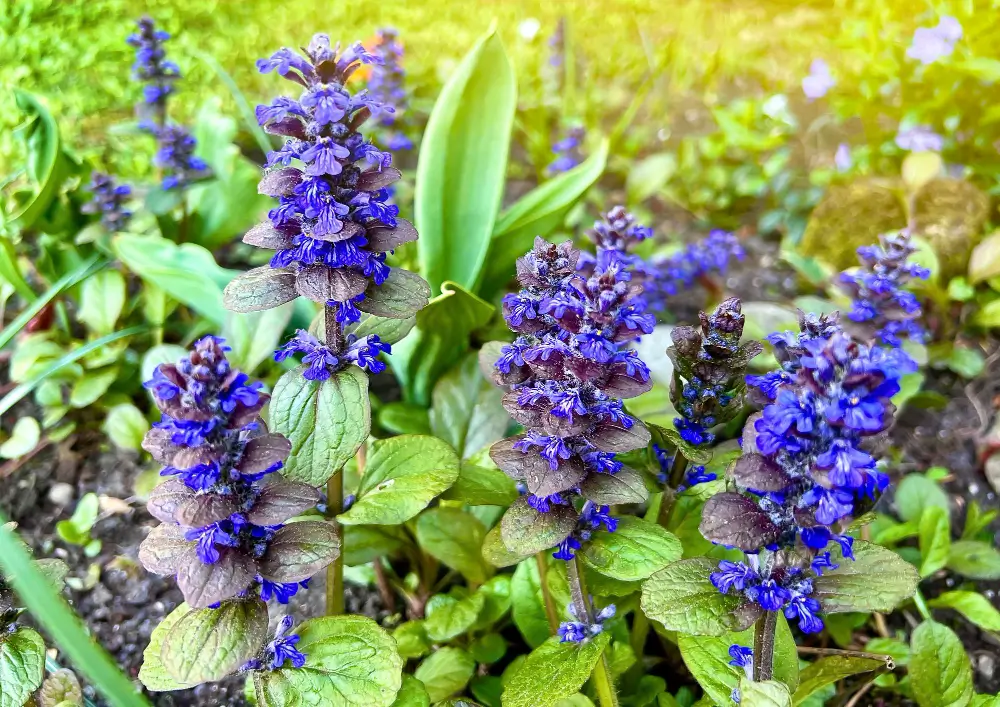
Ajuga
Ajuga is a ground cover perennial that is highly valued by many gardeners, not just for its practical features, but also for its very beautiful leaves and flowers. Ajuga is evergreen with attractive dark green glossy leaves and sprays of blue/purple (even
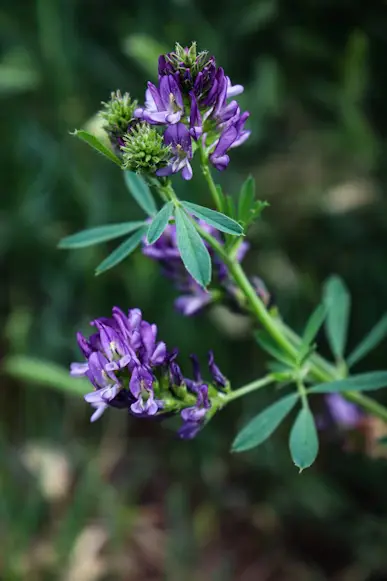
Alfalfa
Alfalfa is one of the most valuable and versatile forage crops grown around the world. Known for its resilience, fast growth, and deep root system, this hardy perennial is a favorite among farmers, gardeners, and even home sprout growers.
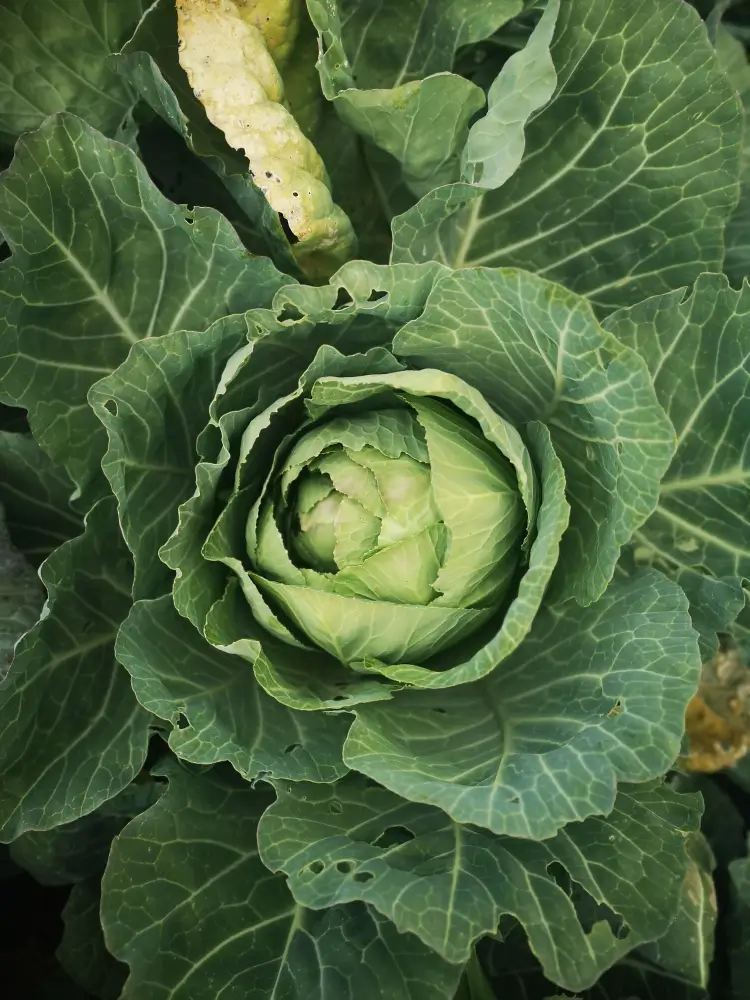
Cabbage
Cabbage (Brassica oleracea) is a member of the family Cruciferae, and it is considered one of the most widespread vegetables that is cultivated worldwide. Cabbage is a universal kitchen component. It has a hearty taste, large number of health advantages,
Dandelion grows low to the ground with jagged, long leaves. It sends up a hollow stem with a bright yellow flower. After flowering, the seed head forms a white puffball. The plant can grow in many soil types and climates.
All parts of dandelion can be eaten or used as medicine. Leaves are good in salads or cooked like spinach. Roots can be roasted and used as coffee substitutes. Flowers are used in syrups and teas. Dandelion is known to support digestion and liver health.
Dandelion grows best in full sun but can tolerate some shade. It prefers well-drained soil but is very adaptable. It grows quickly in temperate climates and is drought tolerant once established. Dandelion spreads easily by seed.
Dandelion is tough and resists many pests. Sometimes aphids or leaf miners may attack it. It rarely suffers from serious diseases. Its strong taproot helps it survive hard conditions.
Dandelion seeds are small, light, and attached to fluffy parachutes. The seeds travel easily by wind. This helps the plant spread over large areas. Seeds are easy to collect from the white puffballs.
Dandelion seeds germinate best in soil temperatures between 50–75°F (10–24°C). Seeds sprout quickly in moist soil. They do not need special treatment before planting.
Dandelion seeds stay viable for 1–2 years when stored properly. Keep seeds dry and cool to maintain quality. Fresh seeds produce strong seedlings.
Dandelions grow easily from seed. Sow seeds on the soil surface or lightly cover them. Water gently and keep the soil moist. Seeds will sprout in 7–14 days. Thin seedlings if needed.
Dandelions need loose, fertile soil for best growth. They grow well in lawns, gardens, and wild areas. Avoid heavy, waterlogged soil. They do not require much fertilizer.
Dandelions are naturally resistant to most diseases. Good air circulation helps prevent mold or mildew. Remove any damaged leaves to keep plants healthy.
Dandelion grows quickly and can be harvested in 8–12 weeks. Leaves are best picked young for tenderness. Roots are harvested in fall or early spring. Flowers can be picked during summer.
Store freshly picked dandelion leaves in the fridge. Place the stems in a damp paper towel and store in a plastic bag. The leaves should be used within days for ideal flavor. Roots can be stored for up to two years if properly dried and kept in an airtight container.
Dandelion is a common plant yet valuable that grows in almost any place. Its leaves, roots, and flowers are edible with many health benefits. It is a very vigorous grower and can spread quite readily by seed, besides, because it is easy to recognize by its bright yellow flowers and fluffy puff balls. Dandelion is a real addition of the wild in any garden that adds both nutrition and beauty to your landscape.
Yes, young leaves are delicious and can be eaten raw in salad.
Wait for the white fluffy seed heads and then pull the seeds gently off.
Yes, it helps with better digestion, liver health and provides vitamins.

Patios, Walkways & Driveways
Victor Miller

Pest Identification & Prevention
Victor Miller
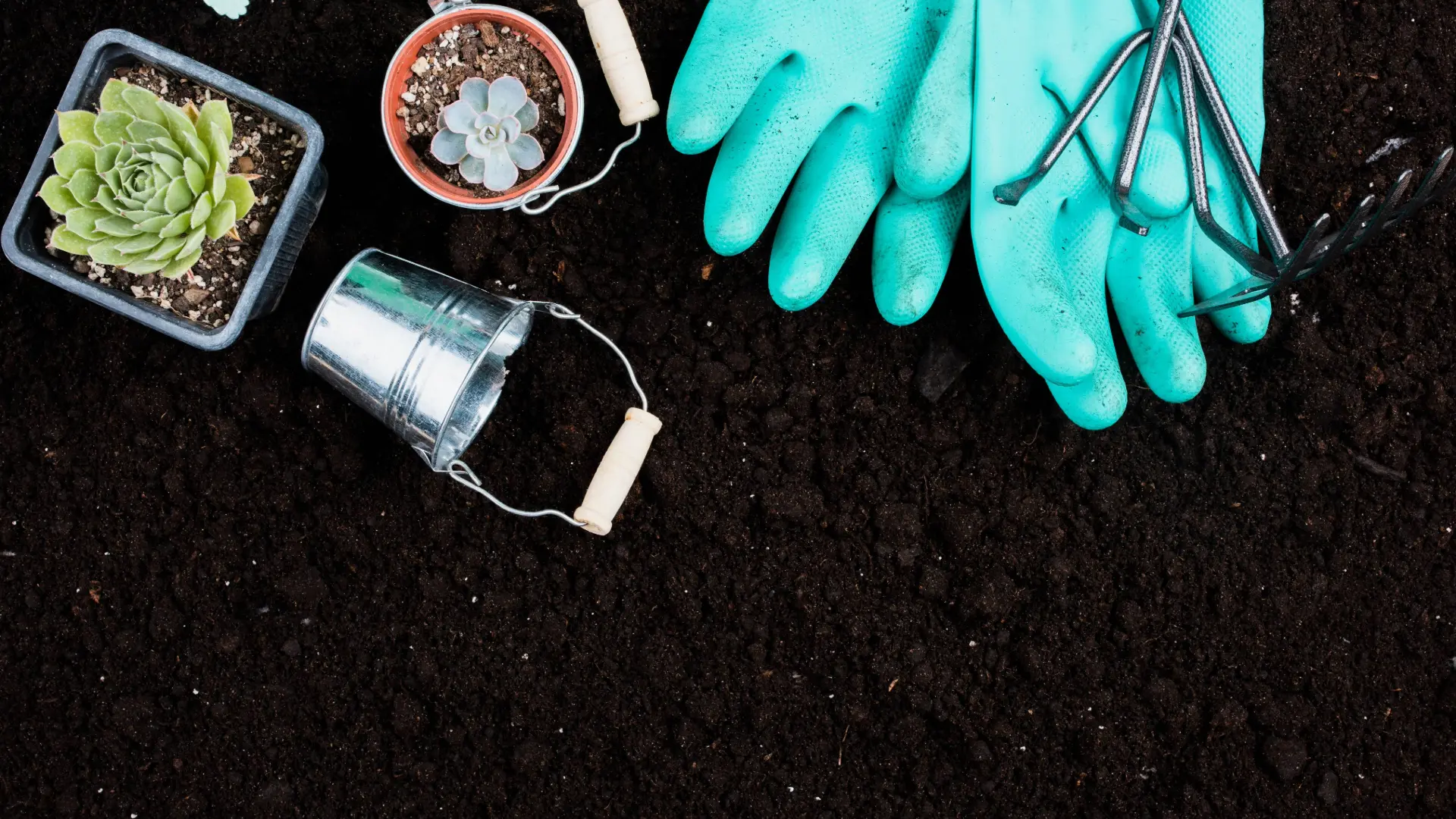
Soil Health & Fertilization
Gina Lazaarus
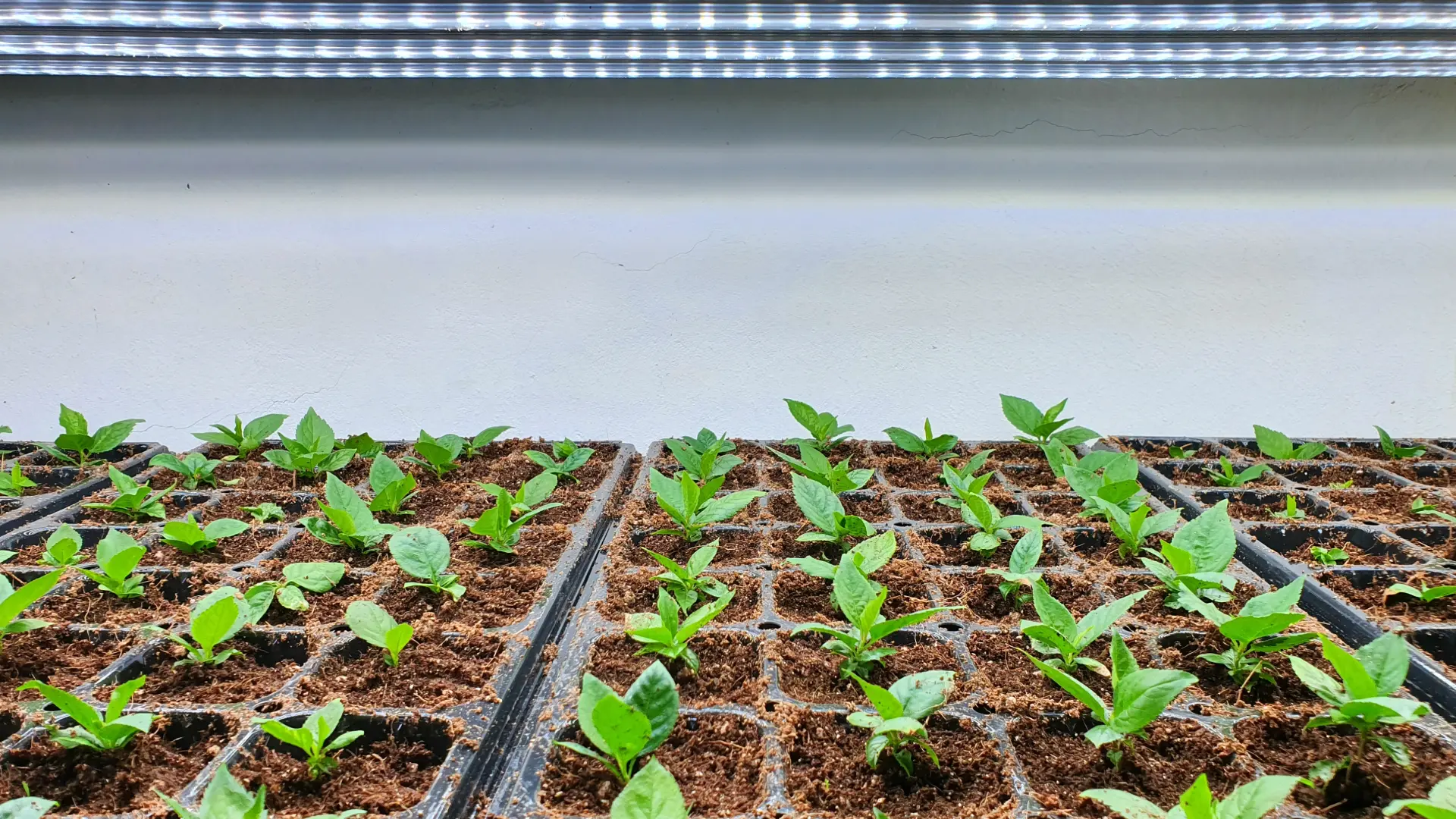
Lighting & Technique
Gina Lazaarus
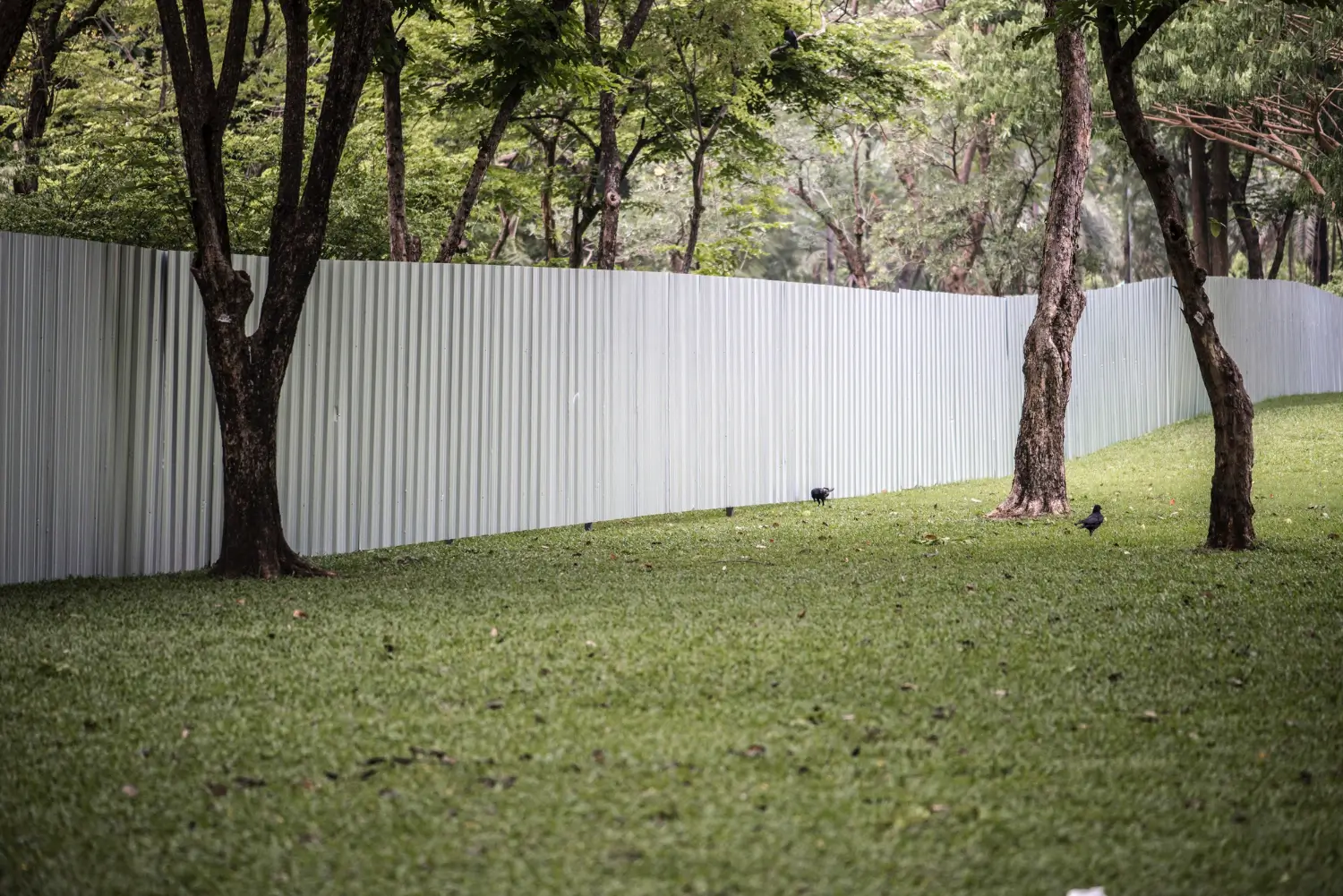
Construction Tips & Techniques
Victor Miller
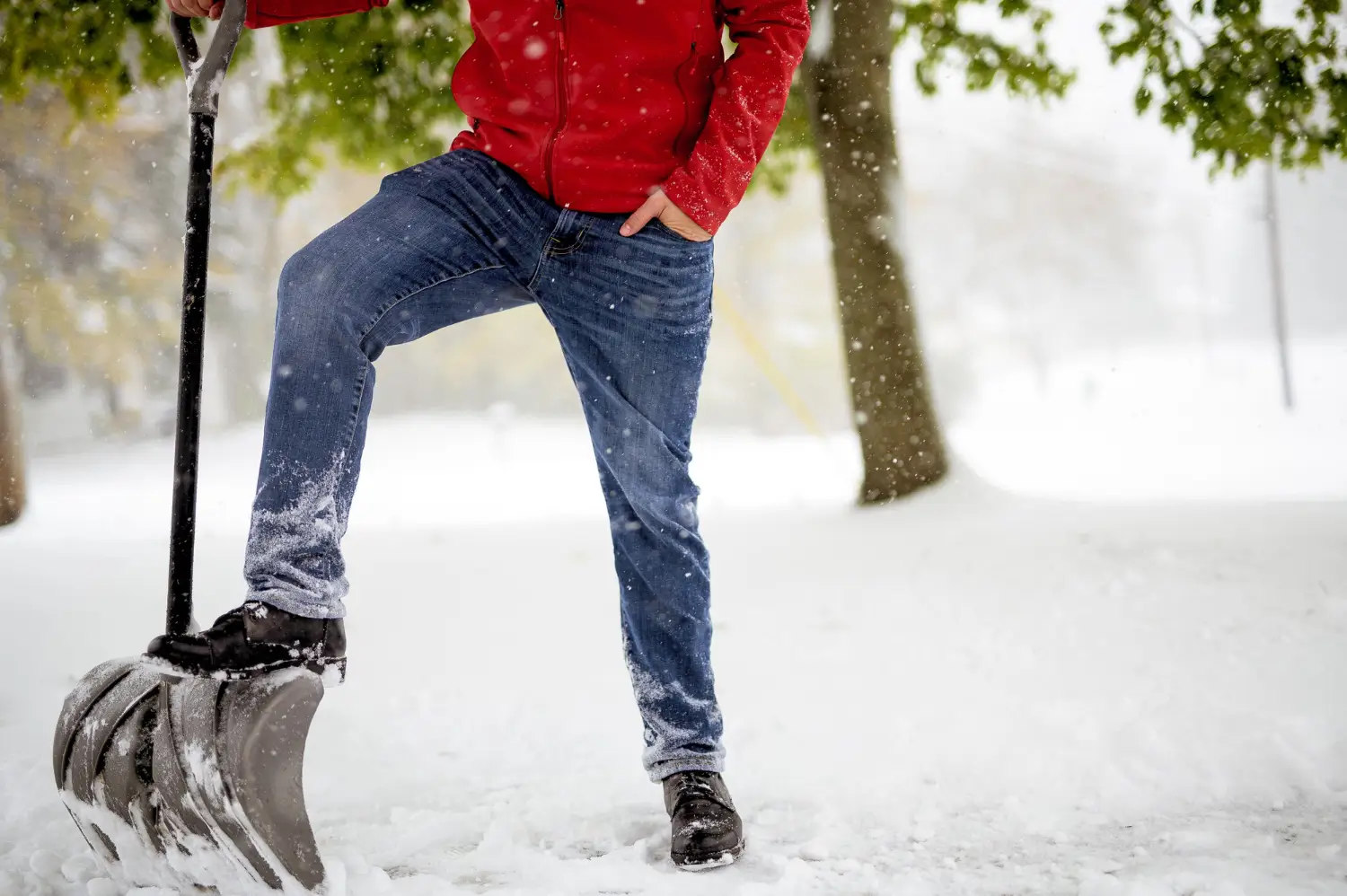
Maintenance & Equipment Tips
Victor Miller

Soil Health & Fertilization
Victor Miller

Organic Gardening
Gina Lazaarus
My Account
Our team is always here to help.
We are open Monday - Friday, 9:00 AM to 4:30 PM PST.